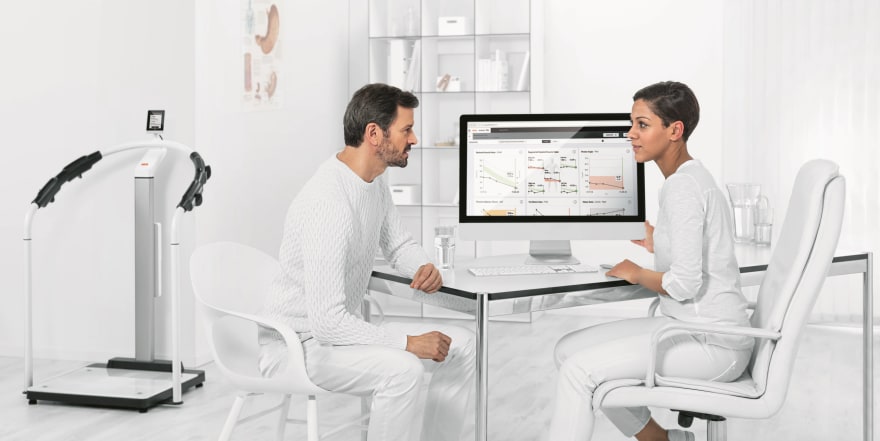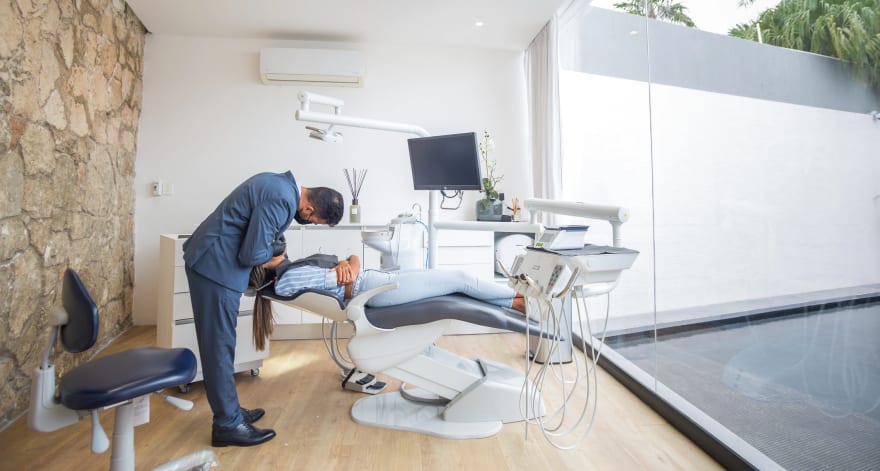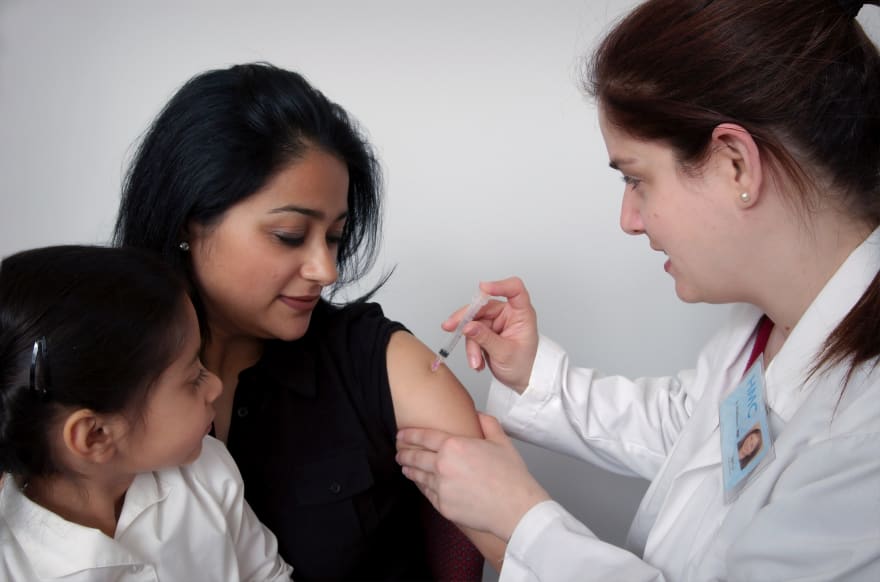28
How Technology is Changing the World of Healthcare Management
It is no secret that healthcare practitioners are starting to incorporate more and more technology into the way that they work. Technology has really shaken up the world of healthcare. Not only has it allowed healthcare professionals to become more flexible in the way that they worked, but it has saved them time and money. It has even helped to benefit patients by offering far more timely and efficient treatment.
Here, we want to look at several of the ways that technology has impacted the world of healthcare. Some of these may be things that you already know about, while others may be completely new.

This is one of the more exciting benefits for us here at Spurwing. We have seen various ways that experienced software developers have been able to put our scheduling API to work. One of the most beneficial to patients and healthcare providers is automated patient booking management.
Many healthcare practitioners have started to introduce the ability for patients to be able to see when healthcare practitioners have time slots available online. They then allow patients to book their appointments without interacting with anybody. This allows administrative staff to focus on more jobs than just talking to patients on the phone.
The world of healthcare is an incredibly busy place. Many software developers have use the Spurwing Scheduling API to develop staff meeting scheduling. By keeping tabs on the availability of all required staff, developers have been able to produce software that schedules meetings to suit the availability of their staff. This means that healthcare centers have been easily able to slot meetings into the working day while producing the minimum amount of disruption for their patients.

In the past, it would have been difficult for a patient to switch doctors. Many records were kept in such a way that it would have been difficult to share them between medical establishments. This means that, in some cases, it would be weeks before the new doctor was able to look at the patient's full medical history. This has now changed.
Many companies are starting to develop systems that allow patient notes to be automatically uploaded, securely, to the Cloud. This means that when a patient moves to a brand new doctor, their medical records can be accessed in a matter of minutes.
This system also has the benefit of keeping a backup of patient notes in case of a system failure. It ensures that a medical center is not out of action for too long.
Recent world events have changed how medical centers work. Many are avoiding seeing patients directly unless there is a pressing need to do so. As a result, many places have started to introduce virtual appointments. Through the power of the internet and video chat, doctors have been able to interact directly with their patients without the patient needing to leave the comfort of their own home.
Not only does this help to slow down the spread of infectious conditions, but it also allows doctors to easily interact with housebound patients, or perhaps keep tabs on patients that may not be in the local area.

In the past, writing repeat prescriptions would have taken a healthy chunk of time for any doctor. Nowadays, technology has allowed much of the process to be automated.
Patients can now request repeat prescriptions online. Once the doctor has approved the request, the pharmacy will receive the prescription. The patient will then be able to head to the pharmacy and pick up the prescription. At no point, does the patient need to directly interact with the doctor.
Technology has allowed patients to request repeat prescriptions when they need them. There is no need to get in touch with a doctor at a time that is inconvenient to the patient. This can make dealing with long-term medical requirements much easier.
Chatbots can help to free up time for staff members and often make it a little bit easier for patients to discuss their symptoms.
Many companies have developed diagnostic chatbots. These chatbots will 'listen' to the symptoms of the patient. The chatbot will then be able to provide advice on how the patient should proceed and whether they need to talk to a medical professional. Chatbots can even be tied into an automatic scheduling system, like Spurwing, to allow patients to book appointments for their ailments.
Chatbots, when employed properly, can reduce the number of patients that head to medical centers when they do not need to do so e.g. conditions that will likely go away with a bit of bed rest. They also help to ensure that receptionists, nurses, and doctors have more time to speak to the people that genuinely need their help.

While this technology is still in its infancy because translation systems are still not perfect, there are a lot of ways that this technology can go.
Many medical centers are starting to use translation technology to make things easier for their patients to understand. This means that there is no miscommunication, and a lower need to employ staff purely for translation purposes.
As translation technology improves, expect it to become a staple part of how any medical center operations.
Technology has taken over the world of healthcare, and this is a good thing. Efficient systems mean that professionals have more time to treat their patients. Efficiency means that patients get the care that they need when they need it. The best part is that many of the greatest technologies in healthcare management have only been introduced in the last few years. This means that we still have a lot of rapid technological advancement to look forward to. We are excited to see where the industry is heading.
28
